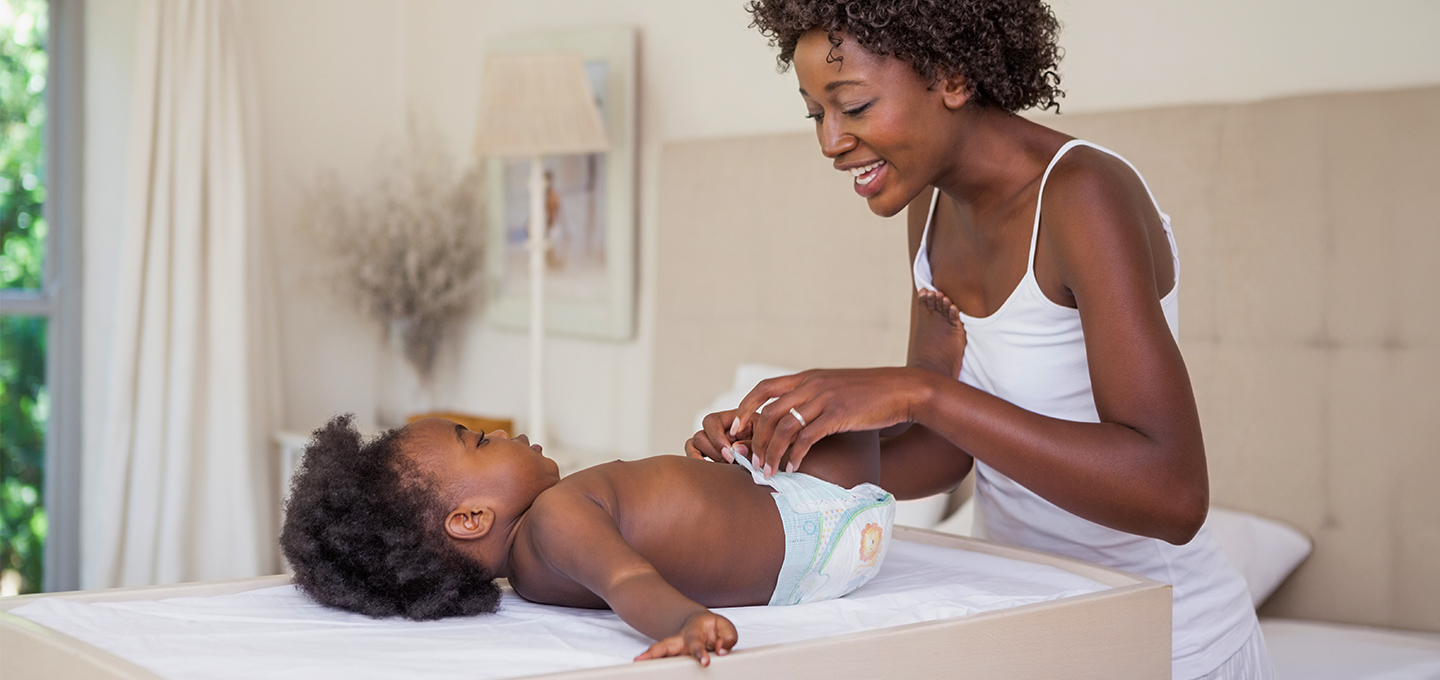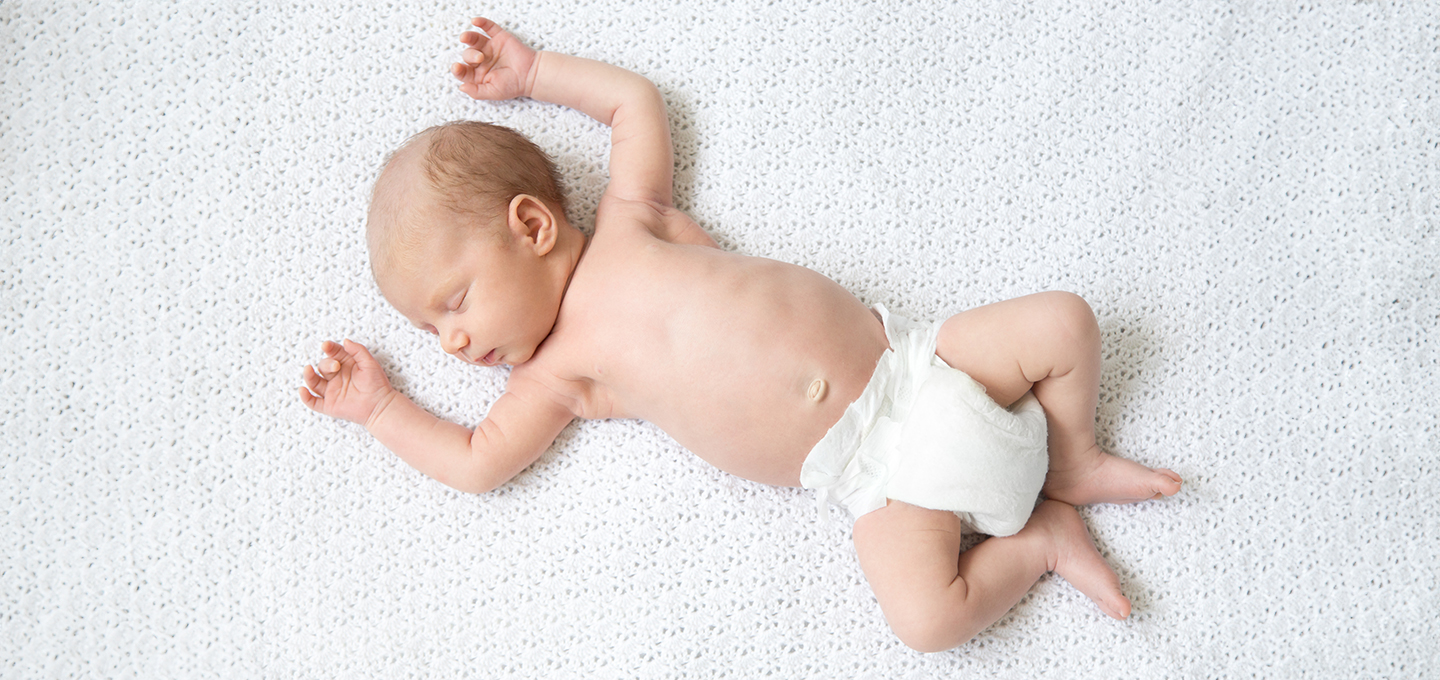
How To Put Diaper On Newborn With Umbilical Cord
1 min readUpdated February 11, 2025
1 min readUpdated February 11, 2025
You'll be changing a lot of diapers, so it's important to learn the drill early on. With today's modern disposables, it can be nearly impossible to tell by touch if your baby's diaper is wet. Try and plan on changing your little one after every feeding at first, as well as after every bowel movement. While her cord is attached, use the notch-cutout diapers (or fold down a regular one), and be sure to daub the stump with a wet cotton ball or swab when you change her.
Here Are A Few Helpful Diapering Tips
When It Comes To Taking Care Of Your Baby's Umbilical Cord, Keep These Guidelines In Mind
FYI: If you start to experience frequent leaks, it may be time to move up to the next biggest diaper size.
Read more about Baby
Related Articles
Join a World of Support
through Pregnancy and Parenthood.
TRACK WITH TOOLS
LEARN WITH EXPERTS
GET REWARDED







